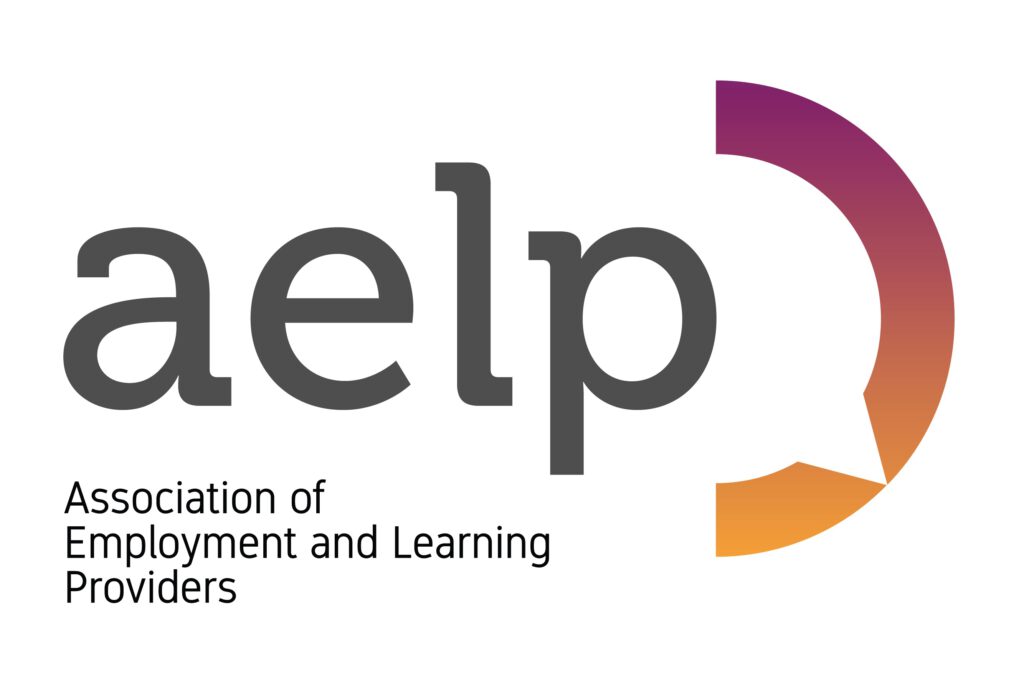Fair system must be created to allow SMEs to access apprenticeship funding, say AELP

 Smaller employers will need a streamlined digital service to access government funding for apprenticeships when they join the Apprenticeship Service (AS) which is currently operating for large levy-paying employers only.
Smaller employers will need a streamlined digital service to access government funding for apprenticeships when they join the Apprenticeship Service (AS) which is currently operating for large levy-paying employers only.
Demand for apprenticeships from all employers within the programme’s budget will also have to be ‘managed’ with the introduction of a new employer contribution system.
After the disastrous falls in starts at lower levels and for young people over the past year, the apprenticeships of all 16-18 year olds should be fully funded by the government whatever the size of the employer or level of learning. Level 2 and level 3 programmes should be fully funded for all apprentices under the age of 25.
These key proposals have been submitted to ministers by the Association of Employment and Learning Providers (AELP) “‘The non-levy apprenticeship transition and creating a sustainable apprenticeship system: Response from the Association of Employment and Learning Providers’“, after the government announced that the transition of the smaller non-levy paying employers on to the Apprenticeship Service would be delayed by at least a year later than the originally planned date of April 2019. AELP represents providers that train 3 out of every 4 apprentices in England.
The other main AELP proposals are:
- A more robust and refreshed Register of Apprenticeship Training Providers (RoATP), which acts as the gateway to apprenticeship funding for all employers and as an assurance for employers that they are using a high quality training provider
- A more streamlined Apprenticeship Service (AS) system designed to work for smaller employers alongside a review of the associated funding agreement required for these employers
- Government must support and harness the power and reach of apprenticeship training providers to help non-levy paying employers make the transition on to the AS. In most cases the provider needs to be able to act as the non-levy payer’s agent to support the employer using the AS
- A transitional period incorporating a dual running model for apprenticeship providers already with a government contract for non-levy employer provision and an Apprenticeship Service for all providers on the RoATP. The transition should conclude by April 2020
- A guaranteed minimum budget for non-levy employers of £1bn per annum
- Avoiding at all costs a future funding model and methodology which results in a stop-go approach to employers and providers gaining access to apprenticeship funding
- A review of the use and level of employer contributions towards the cost of the training including consideration of different sources of contribution to fund degree level apprenticeship provision.
AELP CEO Mark Dawe said:
‘There may be levy funds unspent now, but the demand for higher and degree level apprenticeships among levy paying employers points to the bulk of the levy soon being used up. This is why AELP is articulating solutions that should give both smaller and large employers a fair chance of gaining access to apprenticeship funding over the long term.
‘Equally important, our proposals seek to rebalance the current system which is starkly failing the government’s own social mobility agenda. Adopting them should restore the number of apprenticeship opportunities available to young people and at lower levels. Can you imagine the outcry if the number of university places suddenly dropped by 40% as a result of government reforms? This has actually happened with apprenticeships and it’s about time we saw a response from ministers.’
AELP has noted the recommendations of the Migration Advisory Committee’s EEA migration report, published this week, on lower skilled workers which, if accepted, would place more demand on employers to develop home-grown talent – another reason for the need to take action now on level 2 and 3 apprenticeships.











Responses